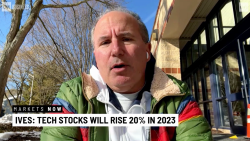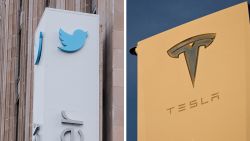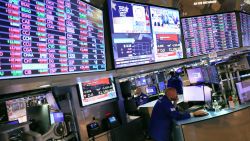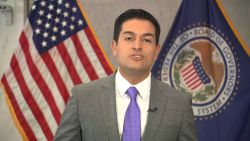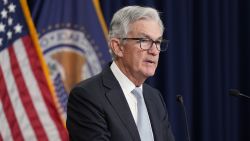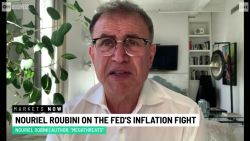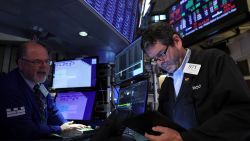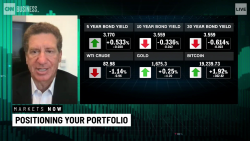President Donald Trump may get his wish for a rate cut. But if the Federal Reserve slashes its funds rate later this year, it won’t necessarily be the political gift he wants.
Trump has repeatedly bashed chairman Jerome Powell — his pick to lead the US central bank — accusing the world’s most powerful central banker of damage because the Fed raised interest rates last year just as Republicans were goosing the economy with tax cuts. And on Tuesday, Trump even declined to rule out demoting Powell, instead saying that he would watch the chairman closely.
“I want to be given a level playing field. So far I haven’t been,” Trump said to reporters at the White House as he left for his re-election kickoff rally.
Powell has preached patience for the last several months when it comes to rate-setting policy. But as central bankers meet in Washington this week for their two-day policy meeting, they are faced with a host of challenges — including the possibility of a protracted trade war with Beijing, as well as recent signs of a slowing US economy.
Those concerns have saddled the Fed with a dilemma: When should it cut rates? And how quickly should it do so?
At their last meeting in May, Fed officials relayed a sense of relief that fears over a global economic slowdown had subsided in the wake of positive economic news from China, along with signs that tensions between Washington and Beijing seemed to be easing as negotiators worked steadily toward a deal.
But all of that has since been upended. Talks between the world’s two largest economies came to a halt days after the Fed meeting, when the Trump administration claimed that China reneged on its trade commitments. US markets plunged as Trump threatened even more tariffs on China, and as businesses and investors grappled with uncertainty about how the trade war would end. Other threats from Trump of tariffs on Mexico, while short lived, added to the already tense climate.
That kind of anxiety, along with a mixed economic picture, has put the Fed in a precarious position as it tries to extend one of the longest economic expansions since the 2008 financial crisis.
“The goalposts have certainly shifted from the start of 2019, when there were two forecasted rate hikes,” said Steve Rick, chief economist at CUNA Mutual Group. “Then, in March, we hit pause, and now we’re talking about a potential cut.”
Most economists don’t think the Fed will change rates at all at this week’s meeting, leaving the benchmark rate hovering between 2.25% and 2.5%. The central bank is probably waiting to make a move when it has a clearer picture of what direction the US economy is taking, along with what happens when Trump and China’s President Xi Jinping talk trade later this month.
“We expect the main message from the June FOMC meeting to be that the committee will ‘act as appropriate’ to sustain the expansion,” Michael Gapen, chief economist at Barclays Investment Bank wrote in a note to clients. “We look for the committee to signal a preference for ‘flexibility’ over ‘patience’ when assessing incoming information.”
It’s unclear how the US-China trade discussions will unfold. In the latest twist, Trump on Tuesday tweeted he had a “very good” telephone conversation with Xi, and that the two leaders would have an “extended meeting” later this month at the Group of 20 leaders summit in Osaka, Japan.
While the Fed likely will leave things as they are this week, the probability of a rate cut shoots up next month and throughout the remainder of the year, according to the CME FedWatch tool. Powell also sent US markets higher earlier this month after he said that policy makers would “act as appropriate” to sustain the economic expansion — remarks that Wall Street interpreted as a sign the Fed would cut rates if needed.
In any case, if policy makers cut rates in the coming months, experts warn it won’t signal a healthy prognosis for the US economy.
“The Fed taking such an action would imply considerable economic weakness than they had been expecting just a few months earlier,” said Joseph Gagnon, a senior fellow at the Peterson Institute for International Economics and a former visiting associate director for the division of monetary affairs at the Fed. “I can’t see how it would be viewed as good news.”




